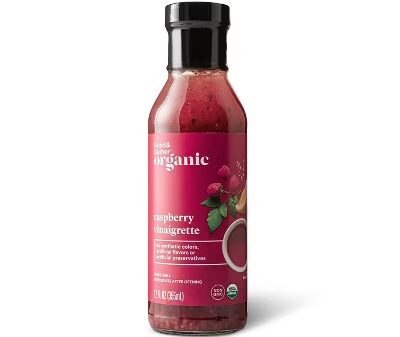When it comes to comforting beverages, salabat, a traditional Filipino ginger tea, holds a special place in the hearts of many. Known to be offered by mothers and grandmothers alike when one is feeling under the weather, this warm drink is much more than a simple remedy—it’s a cultural touchstone and a source of nostalgia for many Filipinos.
What is Salabat?
Salabat, essentially a ginger tea, is prepared by boiling fresh ginger in hot water. Unlike dried ginger, which can lack depth of flavor, fresh ginger brings a robust spiciness that many adore. Some families create their salabat by slicing the ginger, while others prefer to crush it for a more intense infusion. Sweetening it with honey is common, and adding calamansi, the small citrus fruit that is immensely popular in the Philippines, amplifies its flavor and vitamin content.
Mia Orino, co-founder of Kamayan ATL in Atlanta, shares her unique take on salabat. “I like it spicy; I use a mortar and pestle to mash the ginger, skin included,” she explains, highlighting a personal twist that emphasizes both flavor and tradition.
Salabat: A Multifaceted Remedy
The health benefits of ginger are well-known, and many Filipinos regard salabat as a cure-all. Whether it’s a remedy for nausea or indigestion, salabat finds its way into homes across the Philippines. Mia recalls her grandmother’s advice to drink salabat whenever she felt unwell, remarking how it served as a comforting alternative to conventional treatments.
Interestingly, the local ginger known as luya in the Philippines has a more intense flavor compared to common ginger found in the United States. To make up for the difference, Orino tends to use larger quantities of ginger in her recipes.
Personal Stories Surrounding Salabat
The emotional ties to salabat go beyond mere flavor; it’s about memories and comfort. Emma Dizon, owner of Only at Renee’s in Virginia Beach, regards salabat as a nostalgic reminder of her childhood. “Whenever I felt nauseous, my family always gave me salabat,” she recalls, emphasizing what many might agree—the tea can evoke feelings of safety and warmth.
The intertwining of tradition and personal history makes salabat not just a drink but a shared experience passed down through generations. Dizon’s commitment to serving it in her restaurant, a homage to her mother who opened their first family restaurant, showcases the enduring legacy of salabat in Filipino culture.
Salabat’s Journey to the United States
While salabat remains a staple in many Filipino households, its presence in U.S. restaurants is less common. As Orino remarks, “There’s always a pot brewing in the kitchen; it’s more of a home drink.” Despite this, some restaurants have taken creative liberties by serving iced versions, appealing to those who prefer chilled beverages.
For instance, The Boiis Co., a Filipino mochi bakery in New York City, offers an iced salabat made with a unique syrup of fresh ginger, sugar, and spices, topped off with seltzer for a refreshing twist. Additionally, Ladosce, co-founder of The Boiis Co., utilizes the syrup in cocktails, revealing how salabat is finding new life in diverse culinary spaces.
A Shared Passion for Salabat
The popularity of salabat has transcended cultural boundaries, attracting attention from both Filipinos and non-Filipinos alike. Those who have tasted it often find themselves craving more, leading restaurateurs like Dizon to ship ingredients to customers far and wide.
At Kamayan ATL, customers used to receive complimentary salabat, but due to rising costs, today it’s offered at a minimal charge. However, on community meal days, free servings are still provided, emphasizing Orino’s desire to share this cherished drink with anyone willing to try it.
Conclusion: The Timeless Comfort of Salabat
Clearly, salabat is more than just ginger tea; it embodies a rich cultural heritage and serves as a poignant reminder of home for many. The drink’s versatility, whether warm or iced, highlights its adaptability while preserving the deep emotional ties that accompany its consumption. With more and more people discovering and appreciating salabat, this humble beverage stands ready to connect new audiences to the warmth of Filipino tradition.
Image Source: Unsplash































